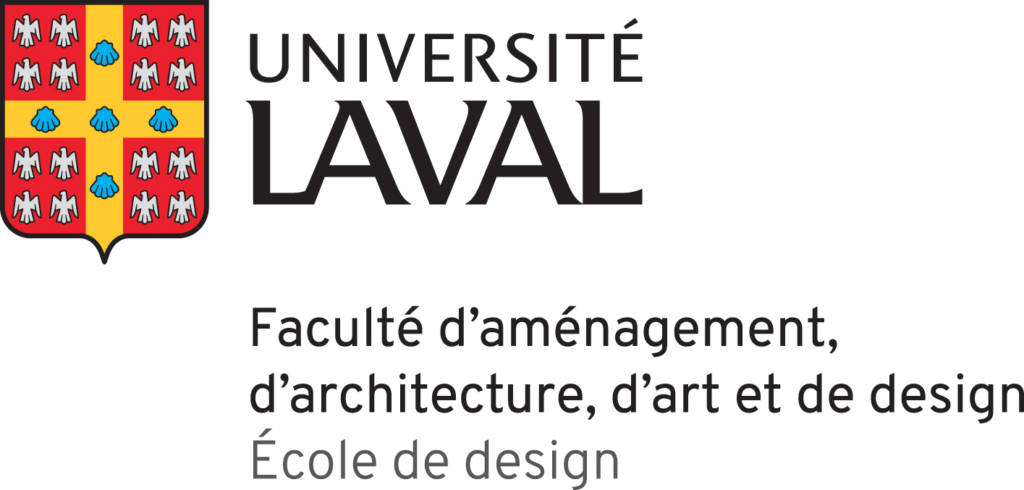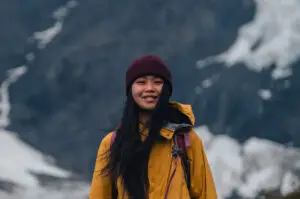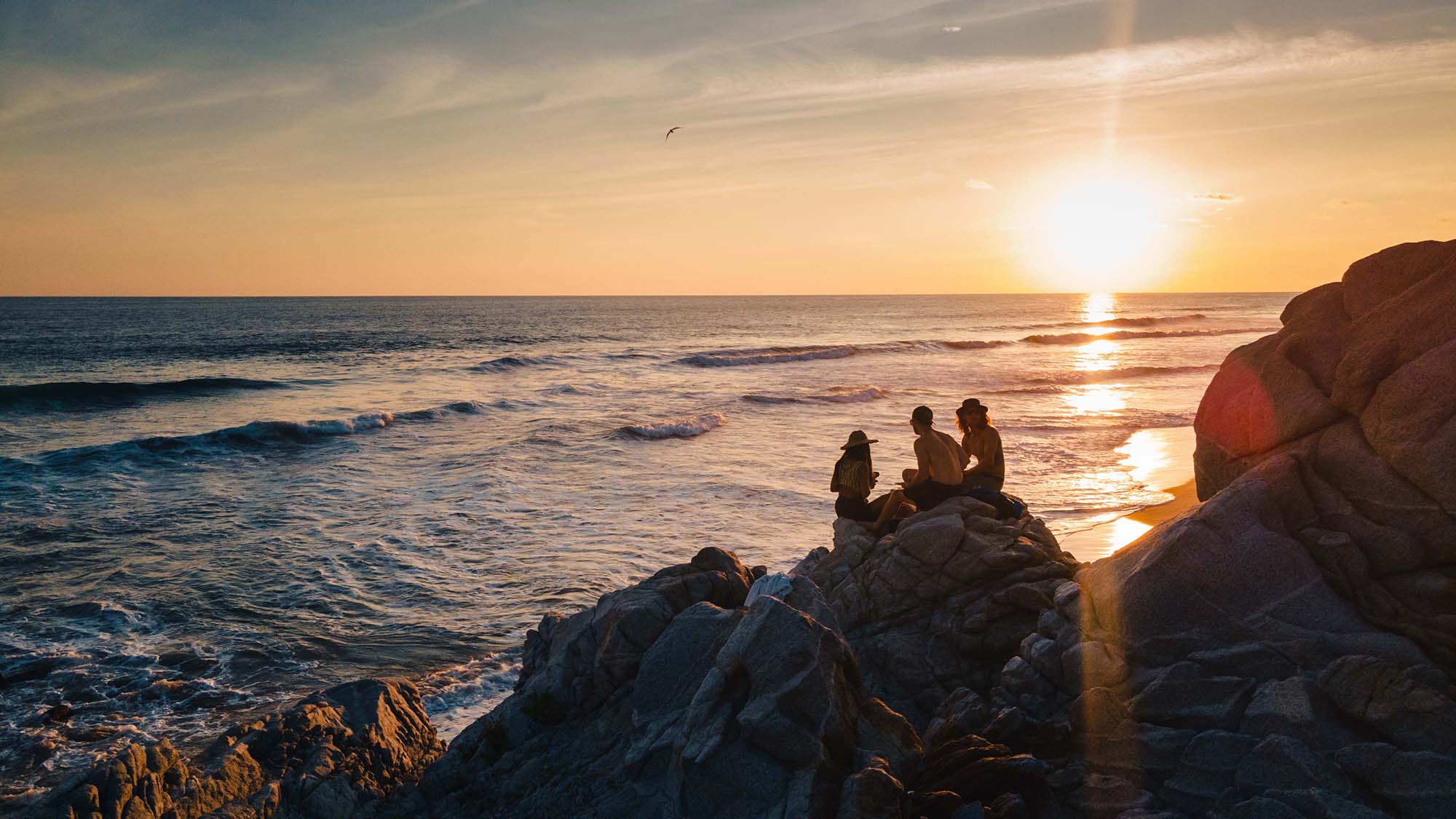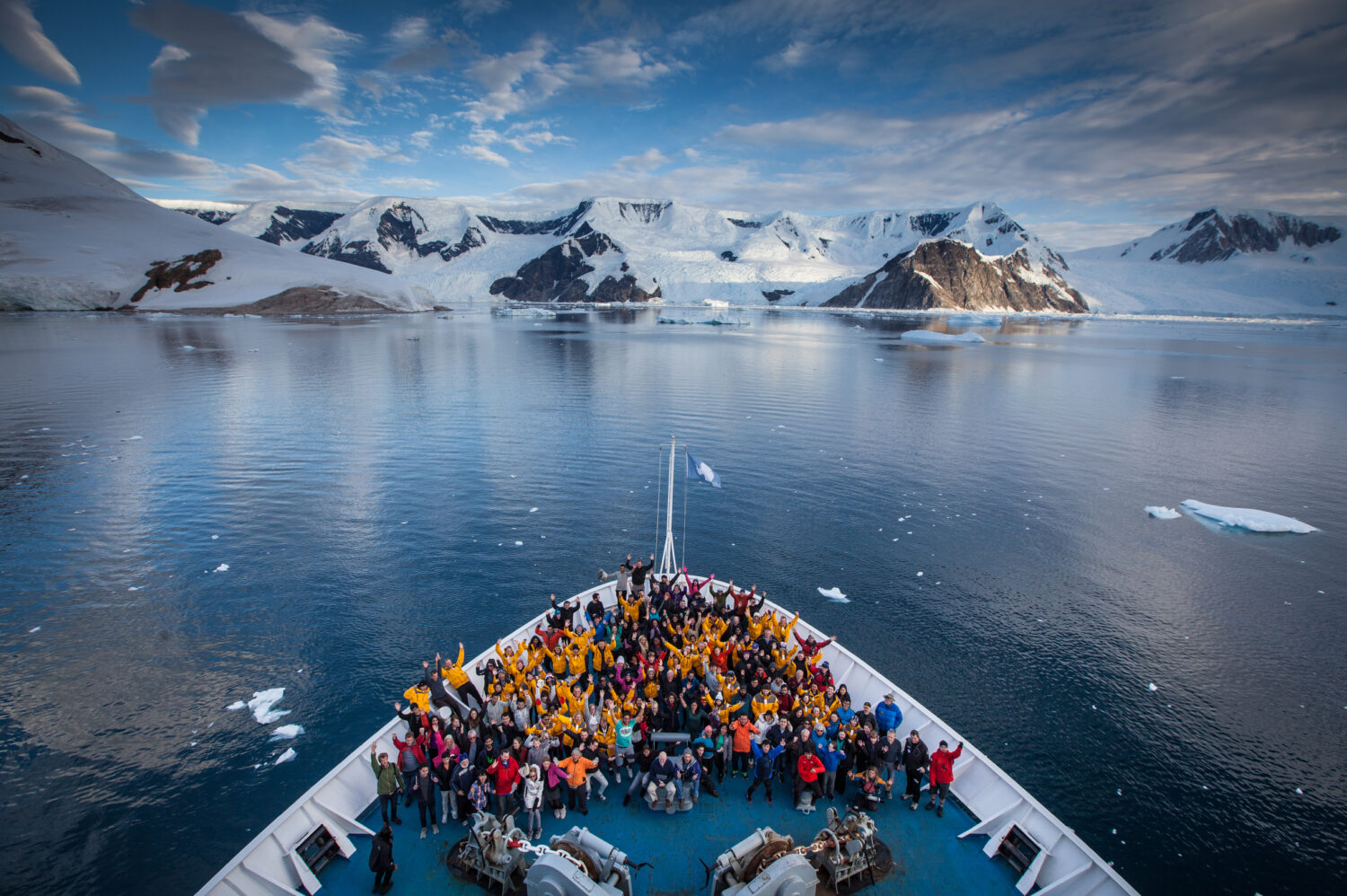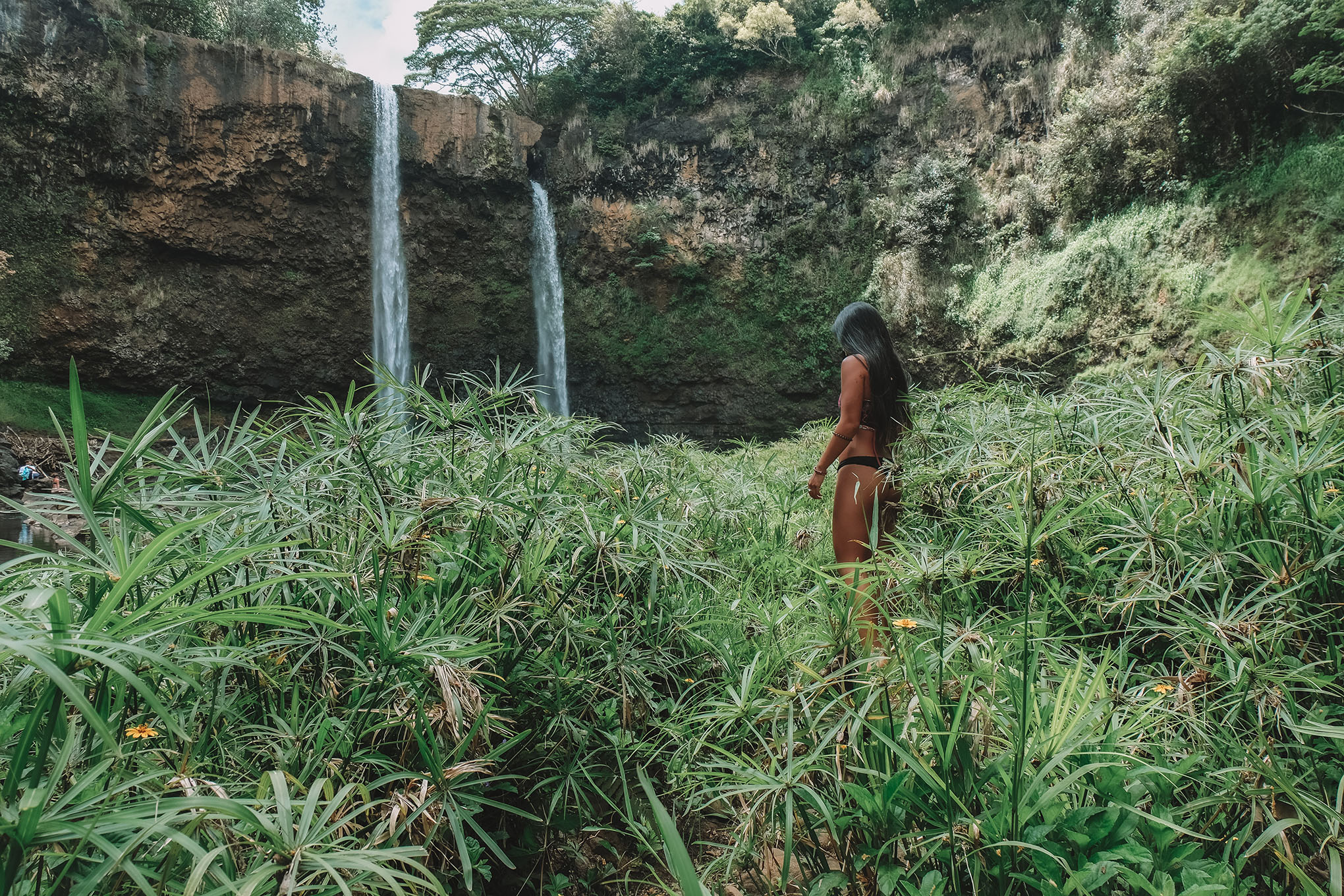“ It was noticing the lack of icebergs on the Drake Passage and the rain once in Antarctica that made me realize how critical climate change is."
Reflection on the Antarctica expedition
In the summer of 2020, as I was finishing a camping trip in the Outaouais, an opportunity to go to Antarctica to learn more about the impacts of climate change and preserve this continent presented itself. A destination that seemed impossible to reach, but a continent that has always intrigued me because of its isolated, exclusive and wild aspect. Beyond breathtaking ice and wildlife, it is also a place that hides important data about our planet and is a key element to the balance of our ecosystem.
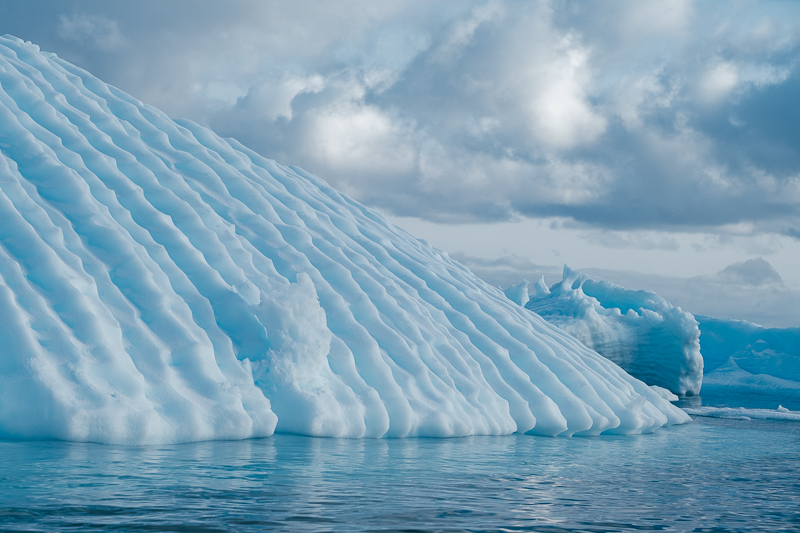
Initially, I felt guilty about going to Antarctica and disturbing unique species and using fossil fuels by flying and taking a ship to reach the destination. But after a few “zoom calls” and research on the purpose of the 2041 Foundation program and their mission to train ambassadors and educate them on climate issues, I told myself that the benefits would be greater in the long term thanks to the knowledge I could share afterwards.
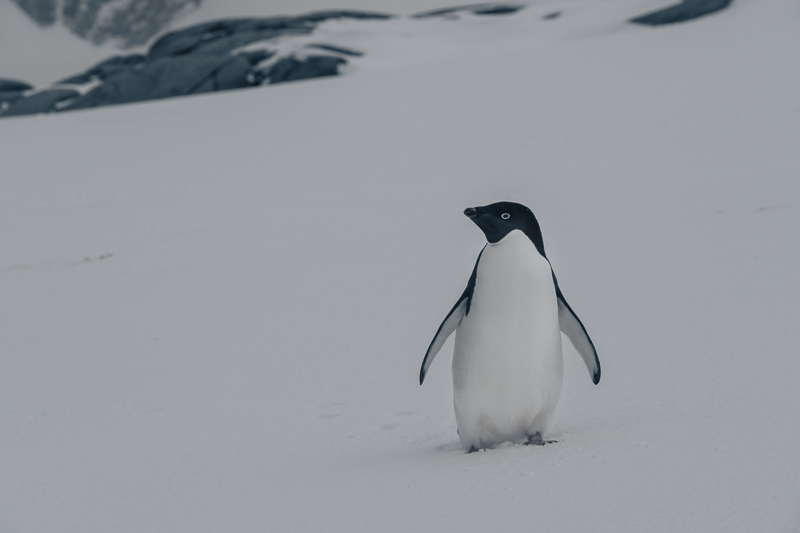
As you know, we live in uncertain times, which has an impact on all sectors of activities. Traveling to Antarctica and participating in this project has been quite a challenge due to the financial statements and inventories of several companies being split by the repercussions of COVID.
On the other hand, with perseverance, tons of emails, a fundraising campaign and generous sponsors who share the same values, my participation in the expedition to the Southern Hemisphere was possible with 100% of the funding achieved.
On March 15, 2022, after 2 years of waiting, a team of 150 potential activists from 37 nations finally received the green light to go to Ushuaïa “the end of the world” where the port is located and our starting point for the waters of Antarctica.
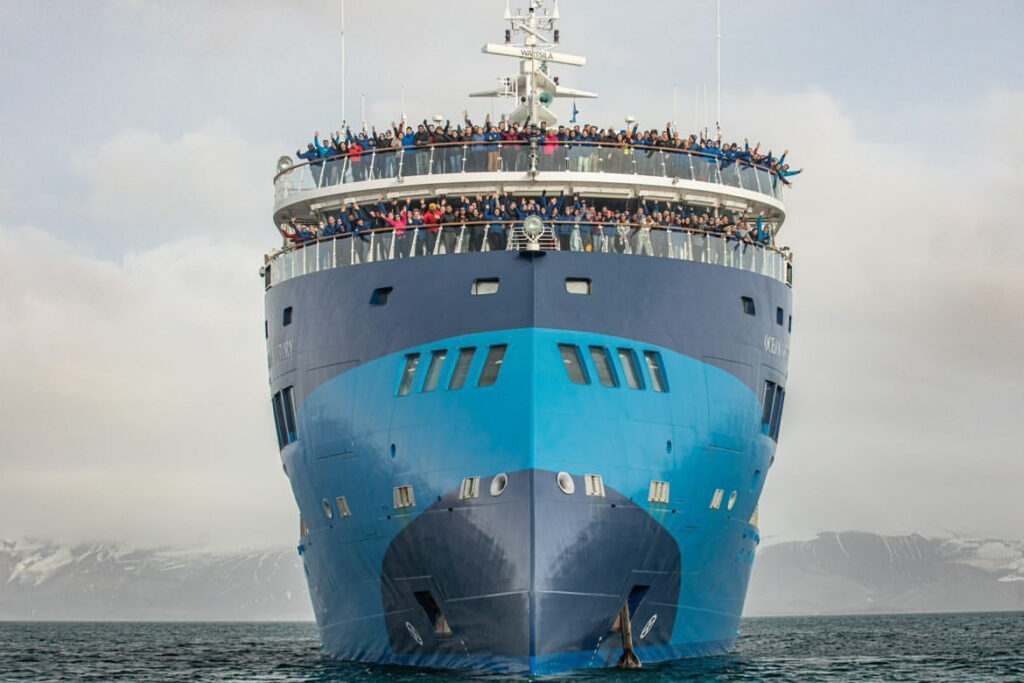
On March 19, we embarked on the Ocean Victory to cross the Beagle Channel and the famous Drake Passage known for those choppy waves. Believe me, seasickness is not a myth.
After 2 days of traveling with a bad stomach, we see our first icebergs and Antarctica on the horizon and an ocean finally calming down. Despite the beauty of the landscape, it was a shock to hear that it is unusual to encounter no ice during our passage in the Drake and to encounter rain on the coldest continent on earth. Alarming events according to our experienced expedition guides. Indeed, the waters are becoming increasingly warm, and the whole ecosystem is becoming more and more disturbed. An example is a fact that it was possible to observe many Gentoos, but few Chinstraps and Adelies (penguin species that feed mainly on Krills). A phenomenon that can be explained by the decrease in ice and therefore, the abundance of this crustacean. These penguins must now migrate further south to feed, not to mention the absence of the Orcas. A species that has not been observed throughout the season according to our guides.
To read more, here are relevant links:
Why does this expedition stand out from the others?
The differentiating element of this expedition is really with the people I was able to meet with the same passion for preserving our planet, initiating change and finding long-term solutions. I had the chance to have inspiring conversations and learn innovative ideas from different industries around the world. Here are 10 participants among 150 incredible people:
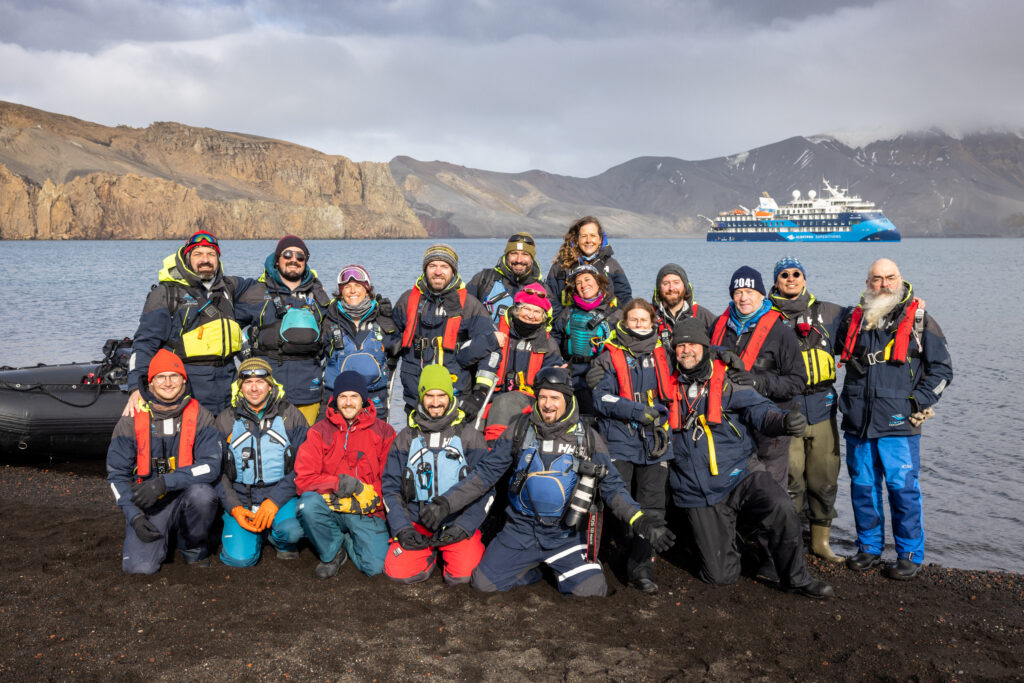
A few incredible people and their mission toward sustainability and climate action below
1. Avinash Narayanaswamy
From India, Avinash is working as an Assistant professor at the Center for incubation, innovation, research and consultancy (CIIRC) as well as running his own eco- startup called Green LAW. I believe he is a model for sustainable lifestyles and solutions. I was impressed with all his commitments such as creating his own biodiesel from restaurant waste cooking oil where 30% of his car can run with it, and he’s a hardcore vegetarian, composting his own kitchen waste, making his own biodegradable soap and floor cleaners, harvesting rainwater to be self-sufficient a few months of the year. To learn more about his projects; the website is: www.avinashn.org
A few of his next goals toward climate change post the Antarctic expedition are to enhance the capacity of rainwater storage to auto-sufficient for almost a year, to increase the biodiesel blend in his car and to install an extra rooftop stand-alone PV system to charge both his electric two-wheelers. Plus, he’s eager to participate in community projects in India.
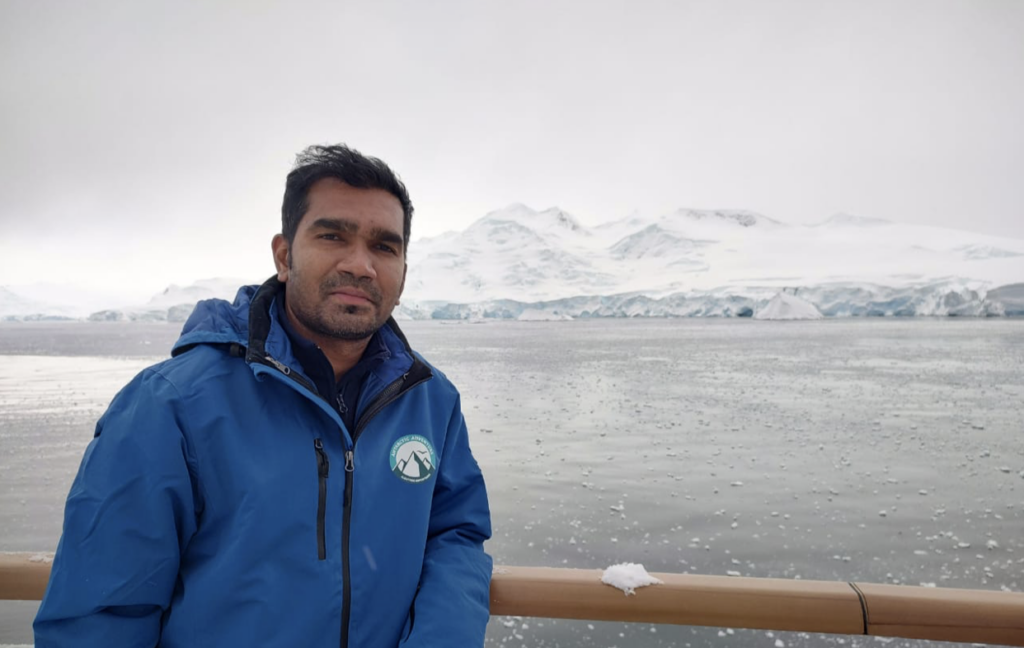
2. Danielle Kehler
I had the chance to share good laughs with Dani, a talented indigenous artist who truly is an inspiration. She is also the first Canadian First Nations woman to visit the continent of Antarctica. Dani’s main goal is to help indigenous youth tell their story, help them with their initiative in multiple forms of sustainability and honour her ancestors. Plus, make sure to follow @every.child.matters.Canada, she plans to raise money with her art across Canada by sharing the message of sustainability and climate action.
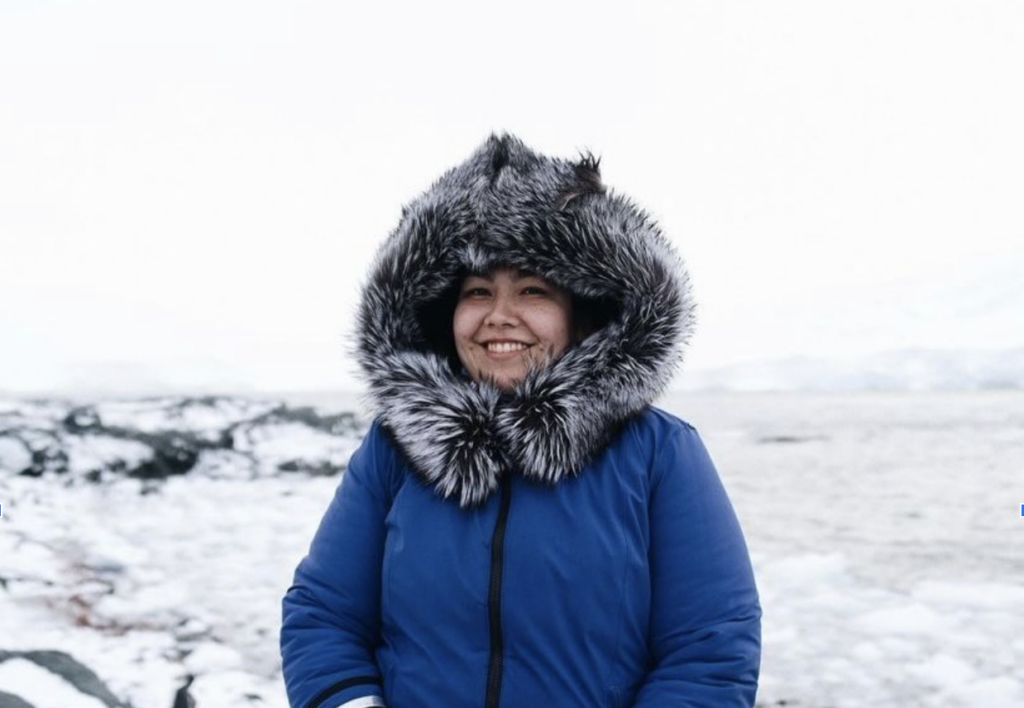
3. Jack Harris and Josua Stäbler
Seeing Jack and Josua on the expedition, I could tell they had a good bromance and workflow together. We couldn’t have a better team to create a short film about Antarctica and make people acknowledge its importance for our future. Their goal will be to give this continent a voice and to make people feel empathy for a place where there is no native living. During the expedition, we got the opportunity to watch a glimpse of their series: Seat At The Table, where the goal is to give a voice to the people that live on the frontline of climate change. To stay updated, follow @Earthrise and Jack’s YouTube Channel.
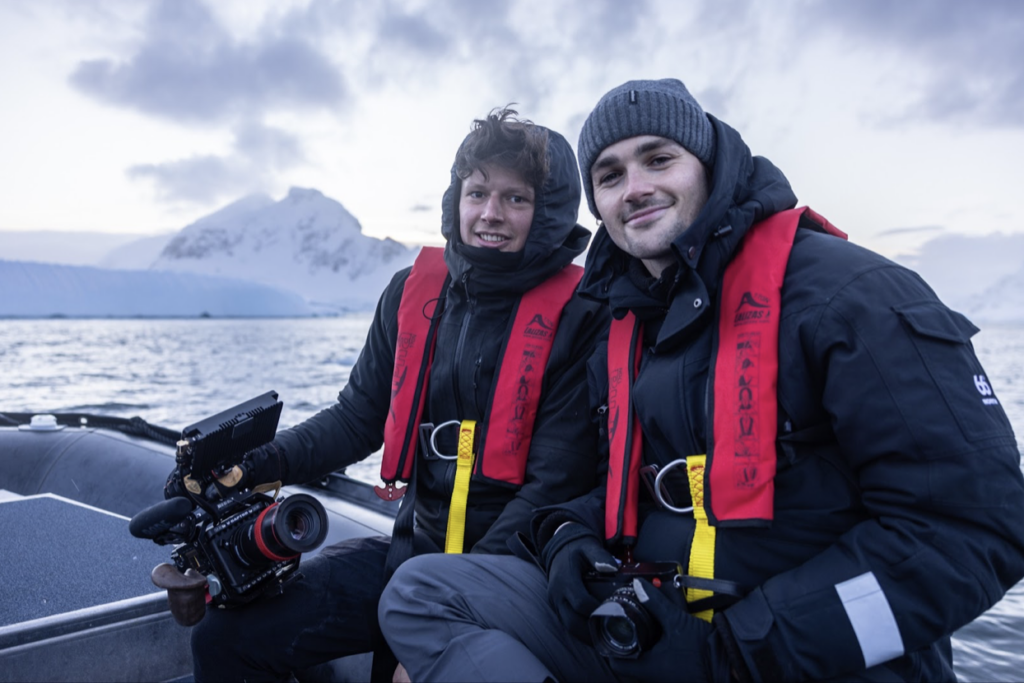
Final words from me, Beatrice Vu
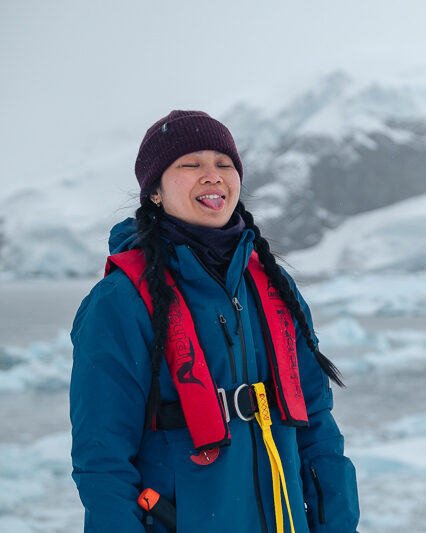
I hope these stories and projects from different backgrounds give you optimism about a more sustainable future as they did to me.
We’ve all heard of the impacts of melting ice and how Antarctica plays an important role on our planet, but how can we as individuals make a difference with every little bit? It can be as simple as finding out where our products come from and asking questions.
Remote places like Antarctica will never cease to amaze me. Silence, magnitude, diversity and indisputable beauty. Nevertheless, fragile against climate change. I will continue to share more specific stories on my Instagram page and my website on more mindful slow travel.
Until then, don’t forget to have fun!
Again, huge thanks to my sponsors and supporters.

